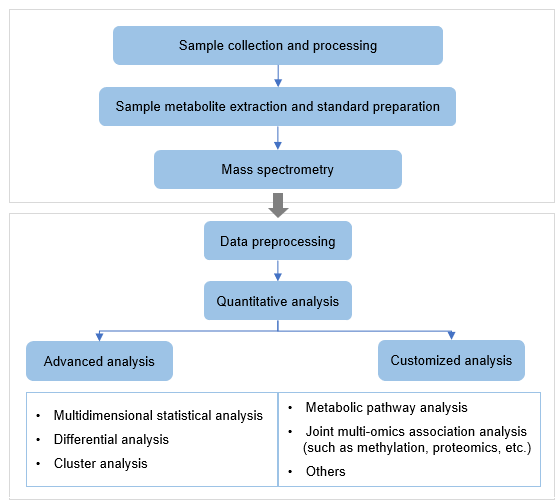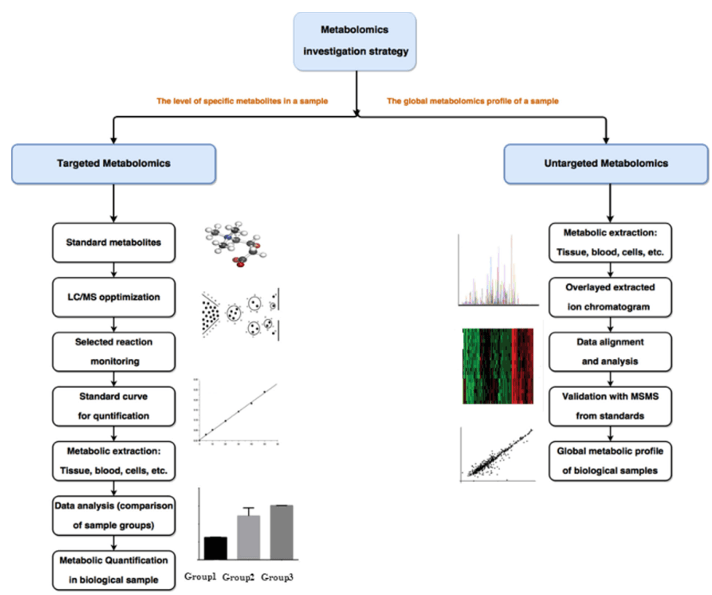Pantothenic Acid Analysis Service
Submit Your InquiryPantothenic acid (Vitamin B5, VB5) is a water-soluble vitamin that is present in almost all living cells and can be synthesized by enzymatic reactions in the cells of prokaryotes, fungi, molds and plants. Pantothenic acid is essential for the synthesis of steroids from fatty acids, and is also involved in the synthesis of steroid violet, melatonin and ferrous hemoglobin, and is an essential intermediate in the metabolism of the citric acid cycle, acetylation of choline, and synthesis of antibodies in the body. All animals need pantothenic acid to synthesize coenzyme A (CoA). CoA is required for fatty acid metabolism and also synthesizes or metabolizes proteins, carbohydrates and fats. CoA acts as a transferring acyl group in metabolism. In pantothenic acid deficiency, peroxisomal fatty acid β-oxidation is inhibited and may induce brain damage. In addition, pantothenic acid has anti-lipid peroxidation effects. Scavenging free radicals in the form of CoA protects the cytoplasmic membrane from damage and helps cell repair by promoting phospholipid synthesis. Based on its various functions, pantothenic acid is widely used in food, cosmetic and pharmaceutical applications.
Creative Proteomics has developed an ultra-performance liquid chromatography-tandem mass spectrometry (UPLC-MS/MS) method and optimized the pantothenic acid pretreatment method, liquid phase conditions and mass spectrometry conditions to achieve accurate and efficient qualitative and quantitative determination of pantothenic acid.
 Molecular structure of pantothenic acid
Molecular structure of pantothenic acid
Technical Route of Targeted Metabolomics of Pantothenic Acid
Positive ion mode, multiple reaction monitoring (MRM) for detection

Sample Requirements
| Sample type |
| Plants, yeasts, microorganisms, etc. Serum, plasma, urine, bile, bile acid, etc. Cells, liver, brain tissue and other animal tissues and feces, etc. There is no restriction on plant varieties. For varieties with special requirements or rare varieties, please contact our staff for more information. |
| Sample demand |
| Plant root / stem / leaf / fruit / seed > 200 mg fresh weight, freeze-dried sample > 0.5 g Cells / microorganisms / cell supernatant / culture medium supernatant: the number of cells or bacteria > 107, supernatant > 2 ml Serum / plasma / urine / ruminal fluid / cerebrospinal fluid / amniotic fluid and other homogeneous liquid samples > 200 µl. (Hemolysis should be avoided. Cerebrospinal fluid can be as low as 100 µl.) Animal tissue / feces related samples > 200mg / sample For other sample types, please consult technical support or sales. |
| Sample mixed and repeat |
| In order to ensure the accuracy of the samples and reduce systematic errors during sampling, it is necessary to select more than 3 materials with the same condition for each sample. ※ The same condition refers to the same period, basically the same phenotype, and the same part. It is recommended that prepare more than 6 biological replicates. |
| Storage and transportation |
| Quick-frozen preservation with liquid nitrogen can minimize the leakage time of plant samples at room temperature, and store it at -80℃. Dry ice transportation (about 3~4 kg dry ice is consumed every day, please use sufficient dry ice for transportation). |









